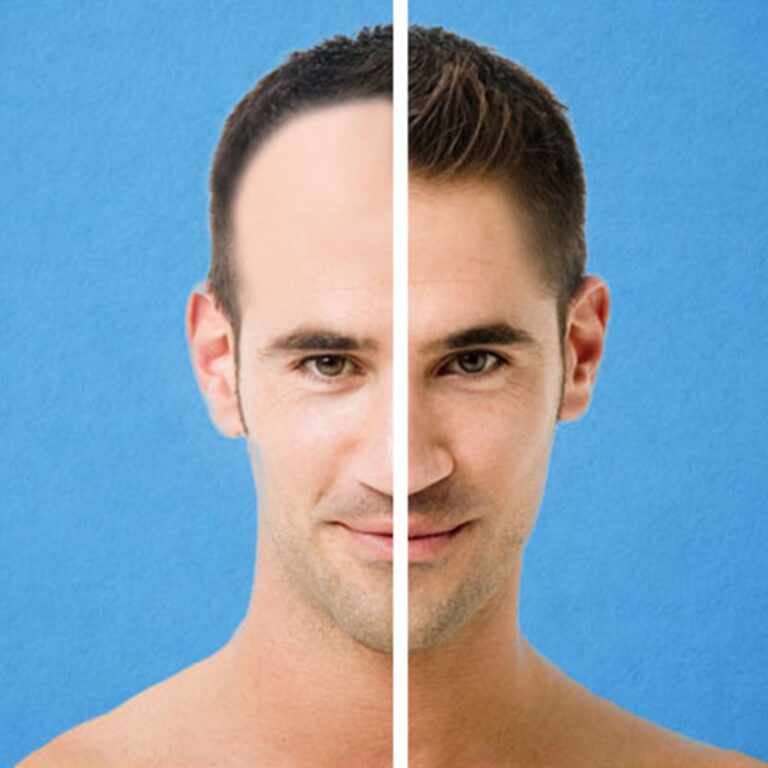Will My Hair Require Maintenance After a Hair Transplant?
Hair transplantation is a life-changing decision. If you’re considering a hair transplant, you’ve likely put a lot of thought, research, and investment into it. To ensure you’ve made the right choice and achieve optimal results after the procedure, it’s crucial to follow all post-operative care guidelines provided by your surgeon. Taking proper post-transplant care measures will accelerate the healing process and yield natural, long-lasting results. If you’re wondering how to prepare and care for your hair after a hair transplant, the following questions and answers may help.
Is It Normal to Have an Itchy Scalp After a Hair Transplant?
Yes, an itchy scalp is very common after a hair transplant procedure and can last for several weeks or even months. Itchiness typically begins about a week after the hair transplant and is part of the healing process. Patients often experience itchiness as newly implanted follicles heal and begin to scab, and again when new hair starts to grow. Avoid scratching your scalp when it itches to prevent bleeding and infection. You can spray saline solution to clean your scalp. If the itchiness is severe, use topical creams, antihistamines, or shampoos your surgeon prescribes.
Is Redness of the Scalp After a Hair Transplant Normal?
Redness of the scalp is a widespread occurrence after a hair transplant. Swelling and inflammation on the scalp as it heals are normal. You’ll also notice scabbing around the incisions made during the implantation of new hair follicles. These scabs usually fall off within a few weeks after the surgery. Due to the scabs and inflammation, it’s normal to expect some redness or pinkness of the scalp.
How Long Does Scalp Redness Last?
The duration of scalp redness after surgery varies from person to person, depending on skin tone and individual sensitivity. Patients with sensitive skin or lighter skin tones may experience more pronounced and longer-lasting redness compared to patients with darker skin tones. Typically, scalp redness disappears within 2 to 3 weeks after the surgery. However, for patients with sensitive skin or those who have had extensive procedures, redness may take several months to fully resolve.
What Is the Best Way to Reduce Scalp Redness After Hair Transplant Surgery?
To reduce scalp redness and inflammation after a hair transplant, here are some effective tips:
- Avoid rubbing or scratching your scalp, and never pick at scabs.
- Maintain a healthy diet with minimal salt intake.
- Avoid smoking and alcohol consumption.
- Apply cold compresses or ice packs as advised by your surgeon.
- Protect your scalp from exposure to sunlight by wearing a comfortable hat when outdoors.
- Keep your head elevated to reduce morning swelling. You can try sleeping in a reclined position.
- Avoid hot water while showering.
- Ensure you correctly follow all post-operative care instructions provided.
By following these guidelines and properly caring for your scalp after the hair transplant, you can help minimize redness and promote a successful and comfortable healing process.

